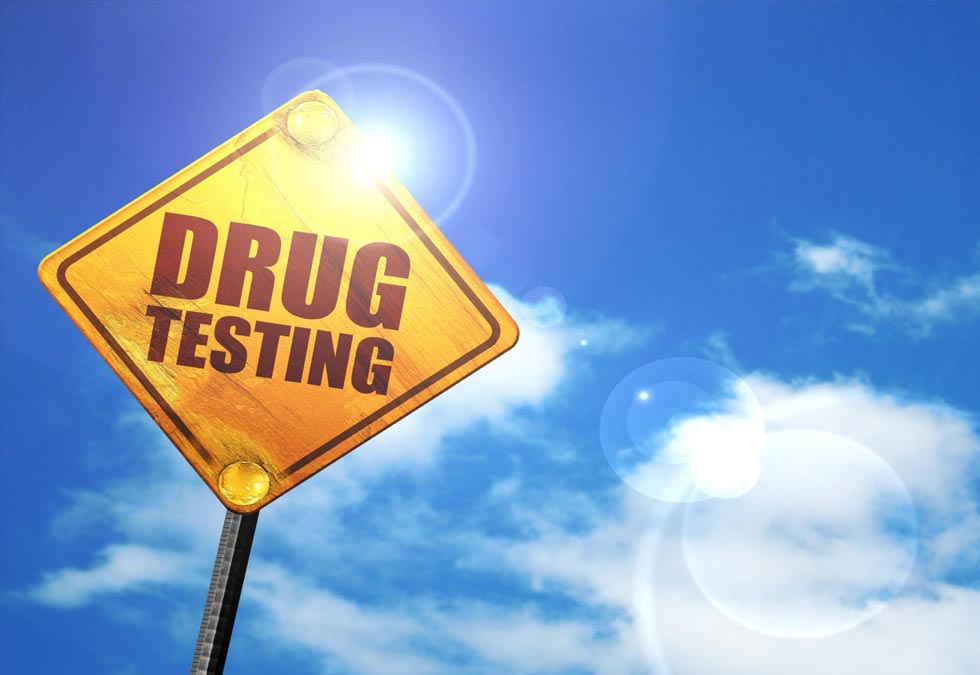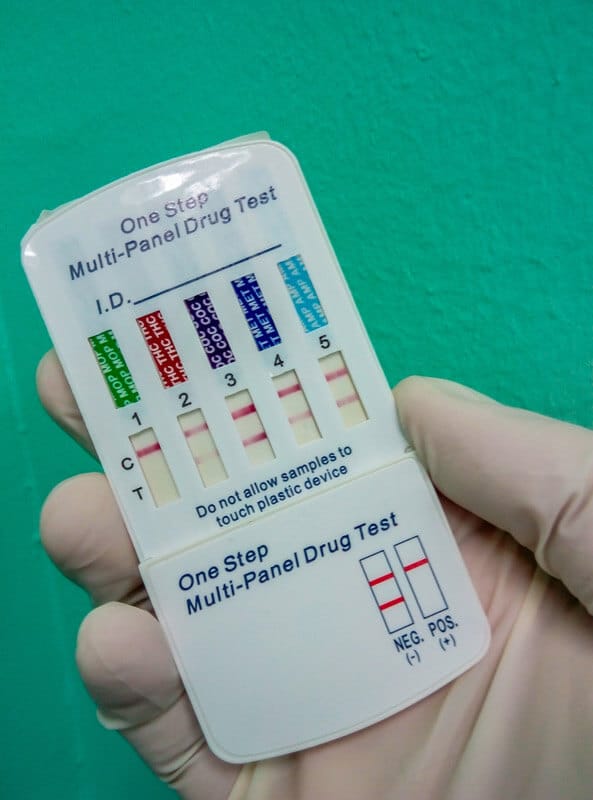Regulation Non Dot Drug Screen
Regulation Non Dot Drug Screen: What You Need to Know
If you're an employer or an employee, understanding the regulations and guidelines surrounding non-DOT drug screening is essential. Non-DOT drug tests differ from traditional Department of Transportation (DOT) drug tests, and it's crucial to be knowledgeable about the differences to ensure compliance and safety. In this article, we'll explore the intricacies of non-DOT drug screens, shed light on the significant distinctions from DOT tests, and answer some frequently asked questions.
What is a Non-DOT Drug Screen?
A non-DOT drug screen refers to drug testing conducted outside the regulations of the Department of Transportation. While DOT drug tests are mandatory for safety-sensitive positions, non-DOT tests are often implemented by employers voluntarily or for positions that do not fall under DOT regulations.
Non-DOT drug screens are usually designed to detect a broader range of substances compared to DOT tests, which focus on specific drugs mandated by federal guidelines. This flexibility allows companies to customize their drug testing policies to address their unique needs effectively. However, it's essential to ensure that non-DOT drug screens still comply with the legal requirements and follow industry best practices.
Substances Covered in a Non-DOT Drug Screen
Unlike DOT drug tests that focus primarily on five specific drug classes, non-DOT drug screens can cover a more extensive range of substances. Some common substances screened for in non-DOT tests include:
- Marijuana
- Cocaine
- Amphetamines
- Methamphetamines
- Opioids
- Benzodiazepines
- Barbiturates
- Phencyclidine (PCP)
- Synthetic drugs
Key Distinctions Between Non-DOT and DOT Drug Screens
While non-DOT and DOT drug screens share the same objective of detecting drug use, there are several notable differences that employers and employees need to be aware of:
1. Scope of Testing
DOT drug tests primarily focus on detecting five specific drugs: marijuana, cocaine, amphetamines, opiates, and phencyclidine. Non-DOT screenings may cover these drugs and a broader array of substances depending on the employer's policies and requirements.
2. Legal Requirements
DOT drug tests must strictly adhere to federal regulations outlined in the Omnibus Transportation Employee Testing Act. Non-DOT drug screens, on the other hand, are subject to the employer's discretion within the boundaries of applicable state and local laws.
3. Requirements for Safety-Sensitive Positions
DOT drug tests are mandatory for employees in safety-sensitive positions, such as commercial truck drivers, pilots, railroad operators, and certain federal employees. Non-DOT drug screens are typically conducted for employees in non-safety-sensitive roles. However, some employers, regardless of their industry, may opt for non-DOT testing to ensure a drug-free workplace.
FAQs About Non-DOT Drug Screens
Here, we address some frequently asked questions related to non-DOT drug screens:
Q: How are non-DOT drug screens conducted?
A: Non-DOT drug screens are usually conducted by certified laboratories or third-party administrators. The process typically involves collecting a urine sample and performing a comprehensive analysis to detect the presence of drugs. In some cases, employers may opt for other testing methods such as hair or saliva testing.
Q: Are employers required to conduct non-DOT drug screens?
A: Non-DOT drug testing is not mandatory, and it is at the discretion of the employer. However, many employers choose to implement non-DOT drug screens to ensure a safe and productive work environment.
Q: Can non-DOT drug screens be used for DOT-regulated positions?
A: No, DOT-regulated positions require employees to undergo specific DOT drug tests that comply with federal regulations. Non-DOT drug screens do not fulfill the requirements for these safety-sensitive roles.
In Conclusion
Understanding the nuances of non-DOT drug screens is crucial for both employers and employees. While non-DOT drug testing provides flexibility for employers to address a broader range of substances, it is essential to ensure compliance with relevant laws and regulations. By being knowledgeable about the key distinctions between non-DOT and DOT drug screens, employers can implement effective drug testing policies, creating a safer work environment for everyone involved.
DOT Drug Screen Vs Non: Is There A Difference? - USA Mobile Drug Testing
 Image Source : usamdt.com
Image Source : usamdt.com What Is A Non DOT Drug Test?
 Image Source : www.cdl-test.org
Image Source : www.cdl-test.org Federal Drug Testing (DOT) | Drug Screens R US
testing
Us Employment Drug Testing - MEPLOYM
 Image Source : meploym.blogspot.com
Image Source : meploym.blogspot.com Pruebas De Drogas Que No Son Del DOT: Lo Que Necesita Saber
 Image Source : creativesaplings.com
Image Source : creativesaplings.com Pin On DOT DRUG TESTING - NON DOT DRUG TESTING
 Image Source : www.pinterest.com
Image Source : www.pinterest.com When Do Truckers Have To Undergo A DOT Drug Screen? - Kopf Logistics Group
 Image Source : kopflogisticsgroup.com
Image Source : kopflogisticsgroup.com 5 Panel Drug Test. Order 5 Panel Drug Test
 Image Source : www.nationaldrugscreening.com
Image Source : www.nationaldrugscreening.com drug urine labcorp rapid quest cocaine laboratories diagnostics marijuana
5 panel drug test. order 5 panel drug test. Drug urine labcorp rapid quest cocaine laboratories diagnostics marijuana. Dot drug screen vs non: is there a difference?. Pin on dot drug testing. What is a non dot drug test?